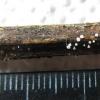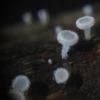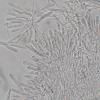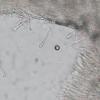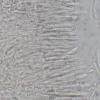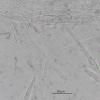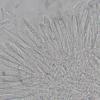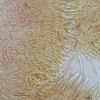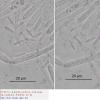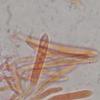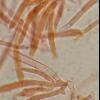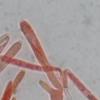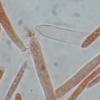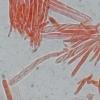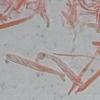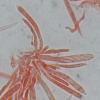
18-03-2023 18:35
 Riet van Oosten
Riet van Oosten
Found by Laurens van der Linde, March 2023 on Rubu

18-03-2023 19:47
Margot en Geert VullingsSeen on Crataegus monogyna 'Compacta' in our garde

18-03-2023 23:01
 Thierry Blondelle
Thierry Blondelle
Good evening,I'm looking for a key of Hypoxylon ge

16-03-2023 20:12
Valencia Lopez Francisco JavierHola amig@sTengo esta Peziza sp sin identificar, r

18-03-2023 08:31
 Marc Detollenaere
Marc Detollenaere
Good morning Forum,Could anyone help me to ident

16-03-2023 15:35
Salvador Emilio JoseBonjour bon après-midi, ce matin j'ai photographi

08-12-2022 08:56
 Stephen Martin Mifsud
Stephen Martin Mifsud
Hi, I found an interesting ascomycete on the skin
Lachnum subvirgineum? => Lachnum pudibundum
Riet van Oosten,
18-03-2023 18:35

Found by Laurens van der Linde, March 2023 on Rubus.
I see capitate hairs, is this enough for Lachnum subvirgineum?
Greetings, Riet
Hans-Otto Baral,
18-03-2023 21:31

Re : Lachnum subvirgineum?
I see prominent VBs in the paraphyses and hairs - impossible for subvirgineum.
You could clarify the croziers. My guess is L. pudibundum which lacks croziers.
How were the spores? L. brevipilosum has larger spores than L. pudibundum.
Riet van Oosten,
19-03-2023 13:51
Hans-Otto Baral,
19-03-2023 17:09

Re : Lachnum subvirgineum?
Yes, H- clearly, but partly with promonent protuberance. Spores are subcylindrical as in subvirgineum but unlike brevipilosum.
Riet van Oosten,
19-03-2023 17:20

Re : Lachnum subvirgineum?
So this is L. pudibundum.
Thank you very much for your help Zotto!
Thank you very much for your help Zotto!
